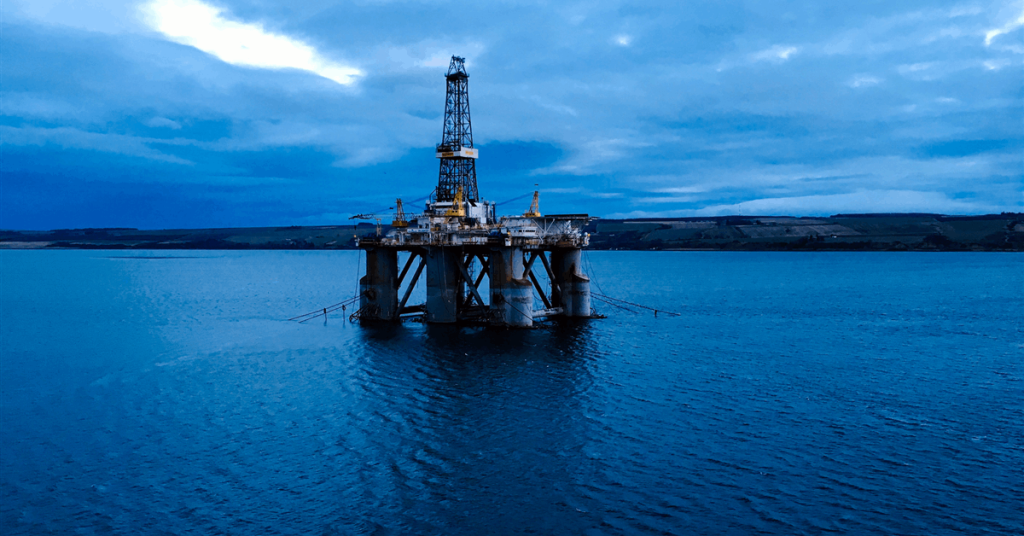DNO ASA said it has completed its acquisition of Sval Energi Group AS from HitecVision for cash consideration of $450 million based on an enterprise value of $1.6 billion.
The acquired portfolio consists of 16 producing fields in Norway, quadrupling DNO’s North Sea production to 80,000 barrels of oil equivalent per day (boepd), the company said in a news release.
The company said its North Sea proven and probable (2P) reserves increase to 189 million barrels of oil equivalent (MMboe), while its contingent resources (2C) now total 316 MMboe.
Following the acquisition, Norway and the United Kingdom represent nearly 60 percent of DNO’s global production and around 45 percent of its global reserves, with the balance predominantly in the Kurdistan region of Iraq, the company stated.
Sval Energi CEO Halvor Engebretsen will lead the enlarged North Sea business as the managing director for DNO Norge AS, according to the release.
“The Sval Energi assets provided a rare opportunity to significantly upsize DNO’s North Sea operations and, of course, DNO itself,” DNO Executive Chairman Bijan Mossavar-Rahmani said.
The effective date of the transaction is January 1, and a team of 93 employees will be integrated into the DNO organization, according to an earlier news release from DNO.
Sval Energi has non-operated interests in 16 producing fields offshore Norway, with net production of 64,100 boepd in 2024, and 141 million boe in net 2P reserves and 102 million boe of net 2C resources. Its largest assets, measured by net 2P reserves, are Nova, Martin Linge, Kvitebjørn, Eldfisk, Maria, Symra and Ekofisk.
With a balanced portfolio split about equally between liquids and gas, there is additional upside and production potential from organic growth in producing assets, fields under development, such as Maria Revitalization, Symra, and Dvalin North; and discoveries such as Cerisa, Ringhorne North, and Beta; and redevelopment opportunities such as Albuskjell and West Ekofisk, DNO said.
Earlier in the month, DNO raised $400 million in hybrid bonds for the acquisition.
DNO completed a private placement of $400 million of subordinated hybrid bonds with a coupon rate of 10.75 percent. The hybrid bonds will have the first call at 100 percent of nominal value after 5.5 years, with coupon step-up after six years and maturity in 2085. The bond placement met strong investor demand across the U.S., Nordic, and international markets and was significantly oversubscribed, the company said in a separate statement.
“This first hybrid bond issue capitalizes on our 24-year flawless record in the bond market,” Mossavar-Rahmani said. “Given its features, including treatment as equity not debt on DNO’s balance sheet, a hybrid bond fits well with our financing structure following closing of the Sval Energi Group AS acquisition later this month”.
“It takes most Norwegian oil companies a ridiculously long eight to ten years to bring a discovery to first production, even with simple subsea tiebacks to existing platforms,” Mossavar-Rahmani said. “Compare that to the two to three years, if that, to execute this task in other established basins,”
Meanwhile, DNO said it has maintained production from its flagship Tawke at about 80,000 boepd “with minimal new investment,” while its Côte d’Ivoire gas assets steadily produce over 3,000 boepd net to the company.
DNO noted that it has four development wells and one exploration well planned in the period through 2026.
To contact the author, email rocky.teodoro@rigzone.com
element
var scriptTag = document.createElement(‘script’);
scriptTag.src = url;
scriptTag.async = true;
scriptTag.onload = implementationCode;
scriptTag.onreadystatechange = implementationCode;
location.appendChild(scriptTag);
};
var div = document.getElementById(‘rigzonelogo’);
div.innerHTML += ” +
‘‘ +
”;
var initJobSearch = function () {
//console.log(“call back”);
}
var addMetaPixel = function () {
if (-1 > -1 || -1 > -1) {
/*Meta Pixel Code*/
!function(f,b,e,v,n,t,s)
{if(f.fbq)return;n=f.fbq=function(){n.callMethod?
n.callMethod.apply(n,arguments):n.queue.push(arguments)};
if(!f._fbq)f._fbq=n;n.push=n;n.loaded=!0;n.version=’2.0′;
n.queue=[];t=b.createElement(e);t.async=!0;
t.src=v;s=b.getElementsByTagName(e)[0];
s.parentNode.insertBefore(t,s)}(window, document,’script’,
‘https://connect.facebook.net/en_US/fbevents.js’);
fbq(‘init’, ‘1517407191885185’);
fbq(‘track’, ‘PageView’);
/*End Meta Pixel Code*/
} else if (0 > -1 && 73 > -1)
{
/*Meta Pixel Code*/
!function(f,b,e,v,n,t,s)
{if(f.fbq)return;n=f.fbq=function(){n.callMethod?
n.callMethod.apply(n,arguments):n.queue.push(arguments)};
if(!f._fbq)f._fbq=n;n.push=n;n.loaded=!0;n.version=’2.0′;
n.queue=[];t=b.createElement(e);t.async=!0;
t.src=v;s=b.getElementsByTagName(e)[0];
s.parentNode.insertBefore(t,s)}(window, document,’script’,
‘https://connect.facebook.net/en_US/fbevents.js’);
fbq(‘init’, ‘1517407191885185’);
fbq(‘track’, ‘PageView’);
/*End Meta Pixel Code*/
}
}
// function gtmFunctionForLayout()
// {
//loadJS(“https://www.googletagmanager.com/gtag/js?id=G-K6ZDLWV6VX”, initJobSearch, document.body);
//}
// window.onload = (e => {
// setTimeout(
// function () {
// document.addEventListener(“DOMContentLoaded”, function () {
// // Select all anchor elements with class ‘ui-tabs-anchor’
// const anchors = document.querySelectorAll(‘a .ui-tabs-anchor’);
// // Loop through each anchor and remove the role attribute if it is set to “presentation”
// anchors.forEach(anchor => {
// if (anchor.getAttribute(‘role’) === ‘presentation’) {
// anchor.removeAttribute(‘role’);
// }
// });
// });
// }
// , 200);
//});

